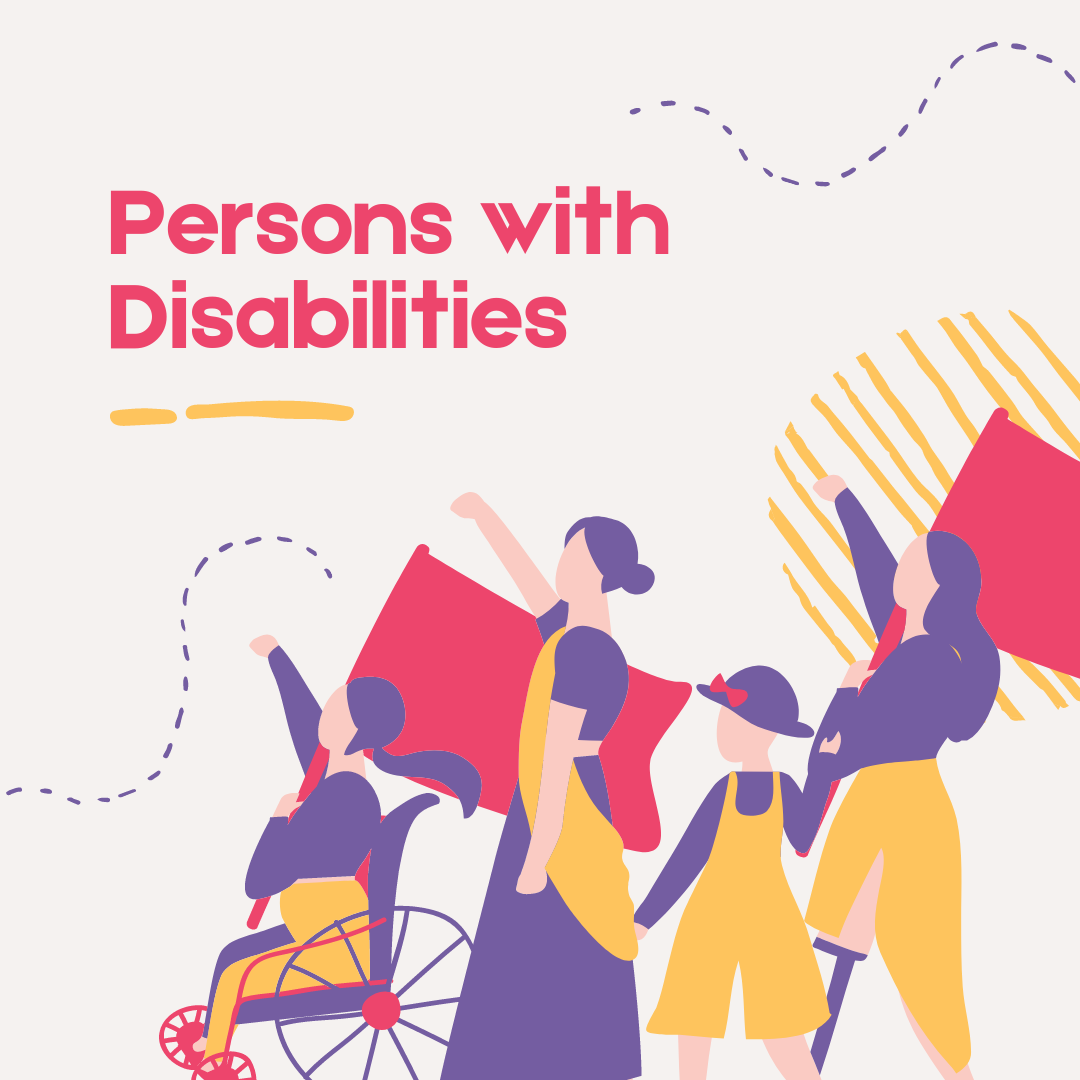Schools, across the globe, strive to inculcate primarily academic, but also holistic, excellence in each of their students. They essentially prepare their students to compete and emerge victorious at multiple stages within their careers, on an international scale. However, these paths of excellence are charted out for neurotypical students – children who think and behave in a manner that is considered the universal, societal norm. Where does this leave children whose neurological composition is different from the norm – students who are no less capable of achieving academic and holistic excellence, but in ways that are not conventional?
According to a study conducted by the National Center for Learning Disabilities in the United States, it was inferred that while the general school drop-out rate in the country is 6.5%, a large 18.1% of students with learning disabilities drop out from school. Further, this study also came to the conclusion that 33.3% of students with learning disabilities took twice the time to clear a grade than a neurotypical student. Another study also suggests that people with learning disabilities are 47.9% less likely to be employed. Here, it is important to note that these are only the official statistics, that too of a first-world country. One cannot begin to grasp the extent of these disparities in countries that are socio-economically weaker.
One may wonder that if the statistics point towards such dejected results, can people with learning disabilities really perform better in a school setting? Well, yes. Let us take for instance the case of Adrian, a high-school student whose dyslexia was mistaken for laziness his entire life. When Adrian finally reached high school, with appropriate tutoring support from the school, he was able to learn at the pace that is appropriate for him. This support allowed Adrian to channel his energy, and emerge as the gifted writer he has always been at his core. Let’s take another example of fourteen-year-old Hector, whose academic performance was far below his cognitive abilities. Hector developed self-esteem issues and anxiety over these academic hurdles as well. However, once he received the individual attention he needed, he caught up to the rest of his class in a jiffy.
Although the above examples highlight the ways in which academic systems can be altered to suit the needs of all children, there are ways in which you, as peers, can help students with learning disabilities. Since most children with learning disabilities face a difficult time with socializing and making friends, you can help improve their social skills by expanding their network, encouraging them to develop new friendships, and increase their self-confidence by regularly motivating them. In the academic front, you can help spark a conversation between the student and your teacher, discussing the ways in which your friend may need help, you can ask them if they need any help with catching up with their school work, and perhaps encourage them to take part in class and school activities. These steps may seem small, but any step in the right direction can significantly help in improving the lives of people with disabilities, academically, as well as holistically.







